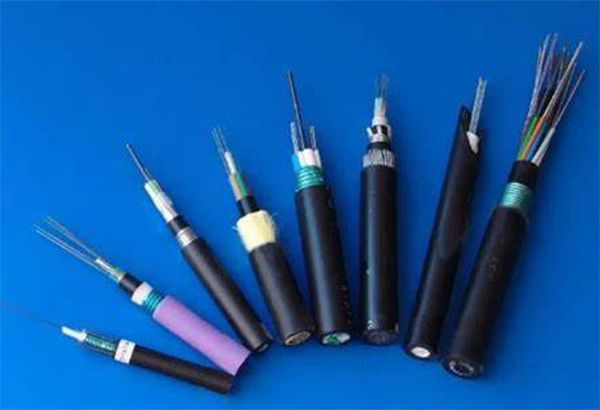In today's digital age, the demand for high-speed data transmission has led to an increasing reliance on optical fiber cables. These cables have revolutionized communication networks with their ability to transmit large volumes of data over long distances at incredible speeds. In this comprehensive guide, we will explore the different types of optical fiber cables, delve into the intricacies of fiber optic cable installation, and discuss the essential specifications that play a crucial role in determining their performance. Whether you are a technology enthusiast, a business owner, or an industry professional, understanding these key aspects of optical fiber cables is essential. Let's embark on a journey to unravel the world of optical fiber technology.
Optical Fiber Cable Types:
One of the most fundamental aspects of optical fiber cables is their classification into different types. Broadly speaking, there are two primary categories: single-mode fiber optic cables and multimode fiber optic cables.
Single-mode Fiber Optic Cable:
Single-mode fiber optic cables are designed to facilitate the transmission of data over long distances with minimal signal loss. These cables feature a small core diameter, typically around 9 microns, which allows for a single mode of light to propagate through the fiber. As a result, single-mode fibers are well-suited for applications such as long-haul telecommunications, high-speed internet connections, and backbone infrastructure.

Multimode Fiber Optic Cable:
On the other hand, multimode fiber optic cables are characterized by a larger core diameter, typically ranging from 50 to 62.5 microns. This wider core enables multiple modes of light to propagate through the fiber, making them suitable for shorter distance transmissions within buildings, campuses, and local area networks (LANs). Multimode fibers are often preferred for applications where cost-effectiveness and versatility are paramount.
Fiber Optic Cable Installation:
The successful installation of fiber optic cables is a critical aspect that directly impacts their performance and reliability. The installation process involves several key steps, each of which plays a pivotal role in ensuring the optimal functioning of the cables.
Planning and Preparation:
Before commencing the installation, meticulous planning and preparation are indispensable. This includes conducting a thorough site survey to assess the cable routes, identifying potential obstacles, and determining the accessibility of installation points.
Cable Routing and Handling:
Careful consideration must be given to the routing of the cables, whether they are being installed underground, through conduits, or via aerial pathways. Additionally, proper handling of the cables is crucial to prevent damage and ensure their longevity.
Splicing and Termination:
The process of splicing, which involves joining individual fiber optic cables together, and termination, which refers to connecting the fibers to various components such as patch panels and network equipment, are critical stages in the installation process.
Testing and Verification:
After the installation is complete, rigorous testing is conducted to verify the integrity and performance of the fiber optic cables. This includes assessing parameters such as signal loss, attenuation, and reflectance to ensure compliance with industry standards.
Fiber Optic Cable Specifications:
A thorough understanding of the specifications associated with fiber optic cables is essential for making informed decisions regarding their selection and deployment in specific applications. Some of the key specifications include:
Core Diameter:
The core diameter of a fiber optic cable determines the amount of light that can be transmitted through it. Single-mode fibers typically have a core diameter of 9 microns, while multimode fibers have larger core diameters, usually ranging from 50 to 62.5 microns.
Attenuation:
Attenuation refers to the reduction in signal strength as it travels through the fiber optic cable. Lower attenuation values indicate better quality cables with minimal signal loss.
Bandwidth:
The bandwidth of a fiber optic cable denotes its data-carrying capacity, influencing the speed and volume of data that can be transmitted over the cable. Higher bandwidth allows for faster data transmission over longer distances.
Operating Wavelength:
Different fiber optic cables operate at specific wavelengths, commonly including 850 nm, 1300 nm, and 1550 nm. Understanding the operating wavelength is crucial for compatibility with various network components and equipment.
Conclusion:
As the demand for high-speed data transmission continues to soar, optical fiber cables have emerged as indispensable components of modern communication networks. By gaining a comprehensive understanding of the different types of fiber optic cables, their installation procedures, and the crucial specifications that define their performance, individuals and businesses can make informed decisions when deploying these technologies. Whether it is the long-distance capabilities of single-mode fiber optic cables or the versatility of multimode fibers, each type offers unique advantages tailored to specific applications. With the ever-evolving landscape of technology, optical fiber cables stand as a testament to human ingenuity, enabling seamless and efficient data transmission across the globe.



